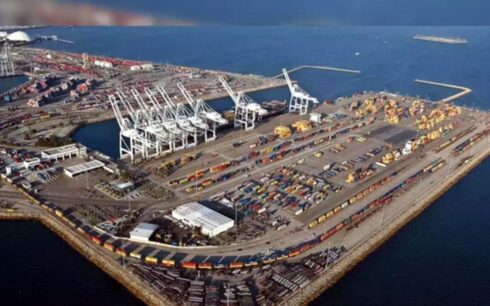The Afghani, Afghanistan’s national currency, has been on a sharp decline against the U.S. dollar over the past week, following a period of strength that saw it reach a decade high in value on October 20. However, data from Afghanistan’s Central Bank, now managed by the Taliban, shows that in just seven days, the Afghani has lost approximately 400 Afghanis per $100, a significant depreciation.
Economists suggest that the weakening of the Afghani is being driven largely by the accumulation and outflow of dollars to neighboring countries. “The downward trend doesn’t immediately affect the commodity market,” said economist Sayed Masoud. “But the collection of dollars and their transfer to places like Pakistan, Iran, and Uzbekistan does contribute to the Afghani’s depreciation.”
In Kabul, however, residents are already feeling the impact of the currency slide, reporting that prices for essential goods such as flour, rice, and cooking oil—already high in Afghanistan—have increased further. “The prices of essential food items have risen again,” said Iman, a Kabul resident, who noted that inflation is compounding the difficulties of daily life.
According to Kabul shopkeepers, the price of a 50-kilogram sack of flour has risen by 50 Afghanis, now priced between 1,550 and 1,600 Afghanis, while five liters of cooking oil has increased by 30 Afghanis to between 520 and 550 Afghanis. Although rice and sugar prices have remained relatively stable, a 24.5-kilogram sack of rice is still selling at 2,650 Afghanis, and seven kilograms of sugar costs around 340 Afghanis.
The Afghan economy has been under extreme strain since the Taliban’s return to power in 2021, and poverty levels have reached crisis proportions. According to the United Nations, nearly 24 million Afghans—more than half the population—are in need of humanitarian assistance. A recent report from the global Multidimensional Poverty Index indicates that 70 percent of children under 18 in Afghanistan are living in poverty, a figure substantially higher than the 57.8 percent poverty rate for adults.





